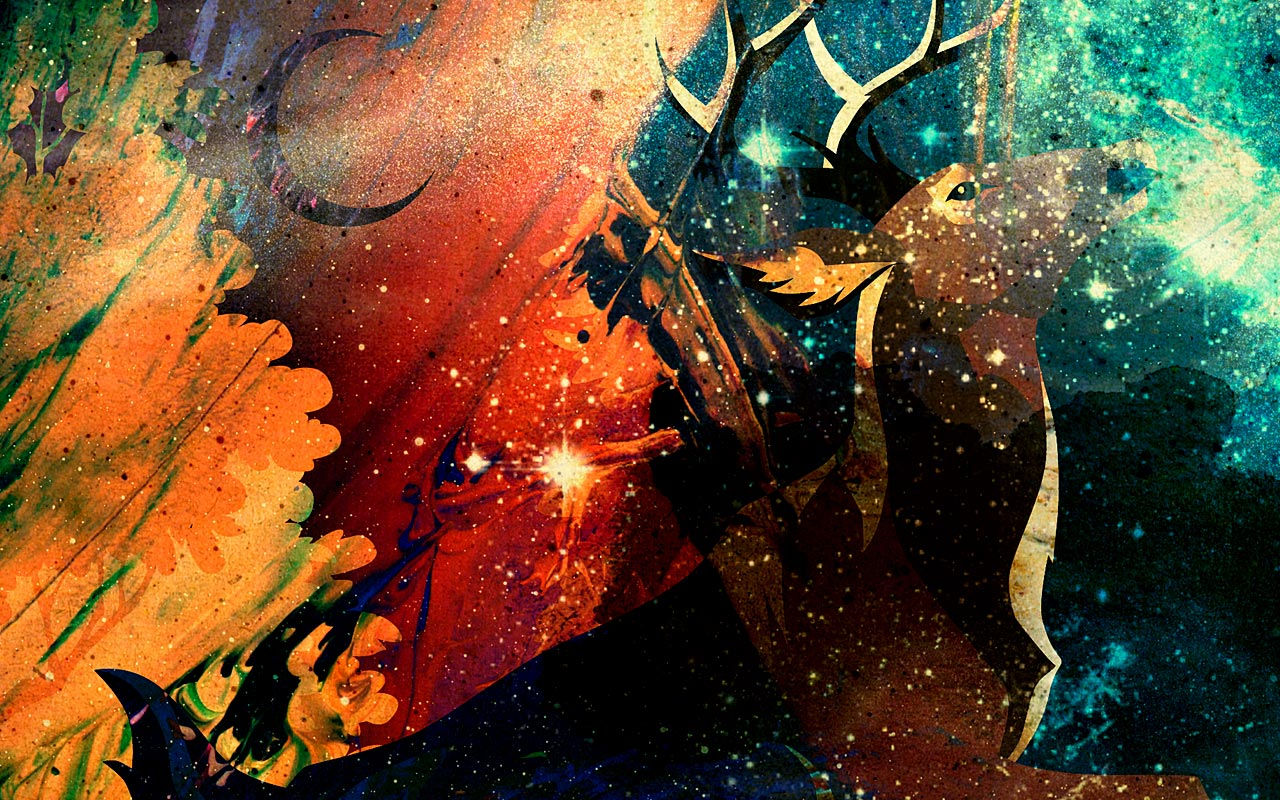The Ema Plaques
- torinaga11
- Mar 31
- 3 min read

Ema (絵馬) are small wooden plaques used in Japanese shrines, where visitors write their wishes, prayers, and gratitude. These votive tablets, rich in spiritual and cultural significance, have inspired many contemporary Japanese novelists. Ema often serve as a symbol of fate, hope, and human connection, making them a compelling literary motif.
This blog explores the history of ema plaques, their role in modern Japanese fiction, and notable novels where they appear, highlighting their mystical charm and literary influence.
The History and Meaning of Ema Plaques
Ema plaques date back to the Nara period (710–794) when they were used to offer prayers to deities. The word “ema” (絵馬) means "picture horse", as they were originally wooden tablets depicting horses, which were believed to carry messages to the gods. Over time, ema evolved into wishing plaques, displaying various designs, including:
Traditional symbols – Animals, gods, and Buddhist imagery.
Personal prayers – Love, success, health, and prosperity.
Seasonal themes – Cherry blossoms, zodiac signs, and New Year’s wishes.
Today, ema are commonly found at Shinto shrines and Buddhist temples, where people write their desires and hang them for divine guidance.

Ema in Contemporary Japanese Novels
Many modern Japanese writers use ema as a powerful literary device. In contemporary fiction, ema often symbolize:
🔹 Hope and Desperation – Characters express their deepest wishes on an ema, revealing their inner struggles.
🔹 Fate and Destiny – The plaques serve as a bridge between past and future, showing how wishes shape lives.
🔹 Mystical Connection – Some stories depict ema as supernatural objects, carrying messages from spirits or ancestors.
🔹 Cultural Reflection – Ema highlight Japan’s blend of tradition and modernity, making them a unique storytelling element.

Notable Novels Featuring Ema Plaques
1. "1Q84" by Haruki Murakami
Murakami’s dystopian masterpiece subtly references ema as a connection between personal wishes and parallel realities. The novel’s characters struggle with fate, memory, and alternate worlds, themes that align with the spiritual essence of ema.
2. "The Ten Loves of Nishino" by Hiromi Kawakami
This novel explores love and longing through multiple perspectives, and ema is used to represent unfulfilled desires. The characters inscribe their emotions onto plaques, mirroring their personal journeys.
3. "The Little House" by Kyoko Nakajima
A historical novel about family secrets and nostalgia, where ema plays a role in remembering the past and wishing for a better future.
4. "Strange Weather in Tokyo" by Hiromi Kawakami
This poetic love story between a young woman and an older man includes scenes where ema reflect their hopes for love and companionship, reinforcing the novel’s theme of fleeting moments.
Modern Interpretations of Ema in Literature
Contemporary Japanese novels often present ema in new, imaginative ways:
As a time capsule – A wish written on an ema may come true years later, influencing the protagonist’s future. As a spiritual connection – Characters communicate with lost loved ones through ema. As a mystery device – A detective novel may use ema as a clue in solving a crime or uncovering hidden truths. As social commentary – Some novels depict ema as reflections of modern society’s fears and aspirations.
These interpretations showcase how Japanese authors blend tradition with contemporary storytelling, making ema a powerful narrative tool.

Where to Experience Ema in Japan
If you’re interested in experiencing ema culture firsthand, visit these famous shrines:
Meiji Shrine (Tokyo) – Thousands of ema with wishes from visitors worldwide. Kiyomizu-dera (Kyoto) – Ema dedicated to love, often tied to romance. Fushimi Inari Shrine (Kyoto) – Unique fox-shaped ema representing prosperity. Dazaifu Tenmangu (Fukuoka) – A shrine where students write wishes for academic success.
Seeing ema in person can deepen one’s understanding of their spiritual and cultural significance, making them an unforgettable experience.
Ema plaques serve as a bridge between the past, present, and future, making them a rich symbol in contemporary Japanese novels. Whether used to express personal longing, fate, or supernatural connections, ema continues to inspire both writers and readers.
Have you encountered ema in literature or real life? Share your thoughts in the comments!








Comments